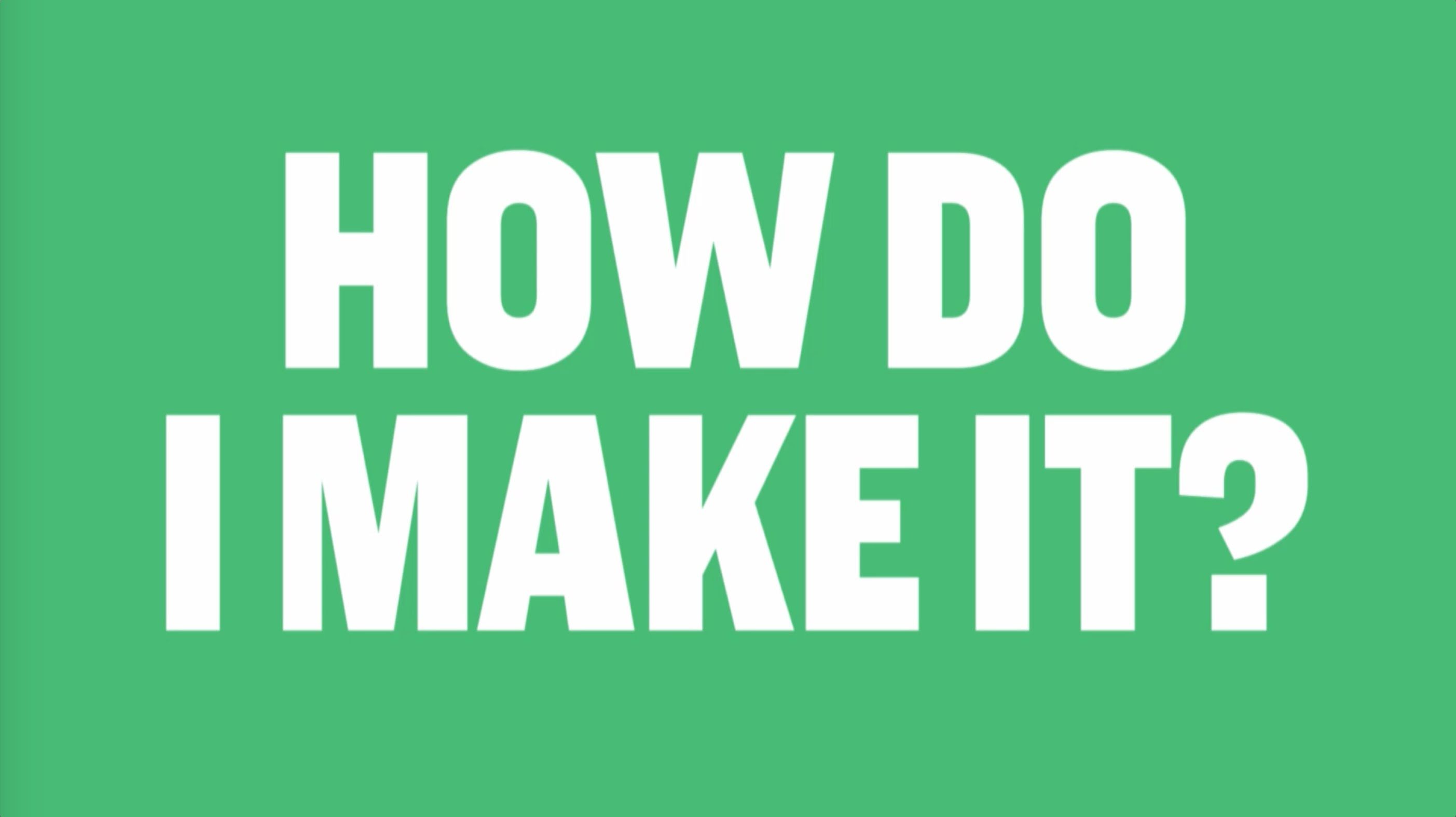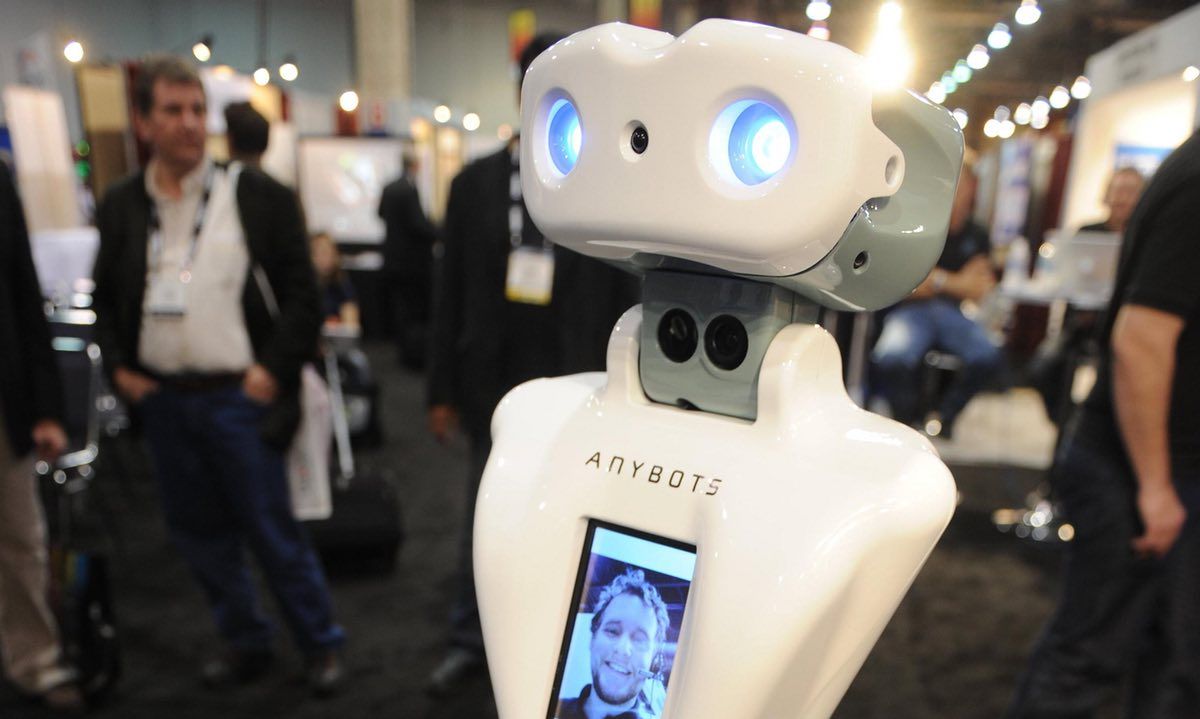https://youtube.com/watch?v=b28Pquo54ek
 Dear readers,
Dear readers,
My son Ethan Kurzweil — who is a partner at Bessemer Ventures Partners — tracks the future of web innovation, social and legal concerns about privacy, and start-ups who have an edge with their business or consumer applications, like team sourcing or software-as-a-service.
He appeared on C • NBC business affairs show Power Lunch. Episode debated the recent news about the US government and law enforcement asking Apple to release private data on an iPhone used by terrorists.









